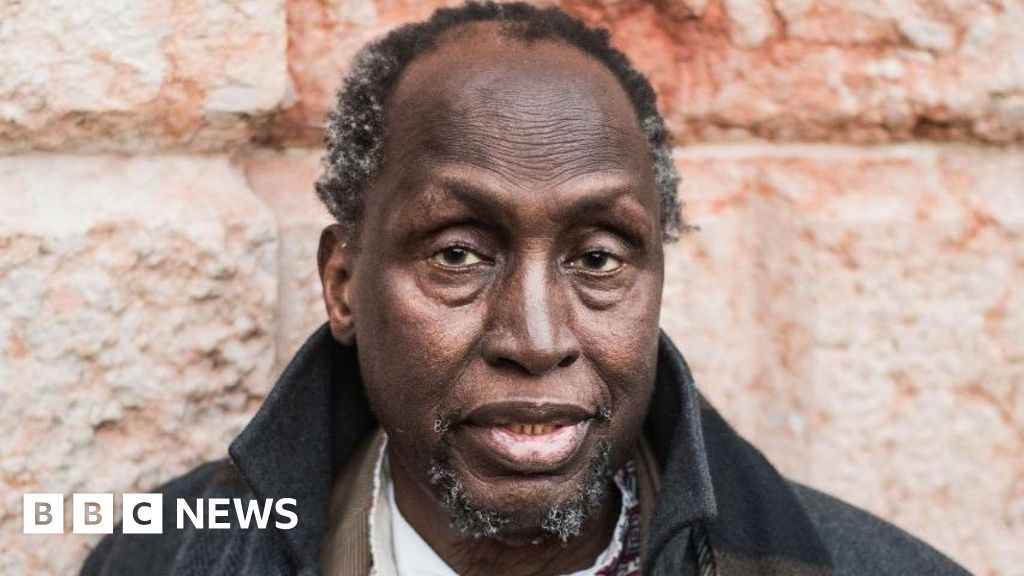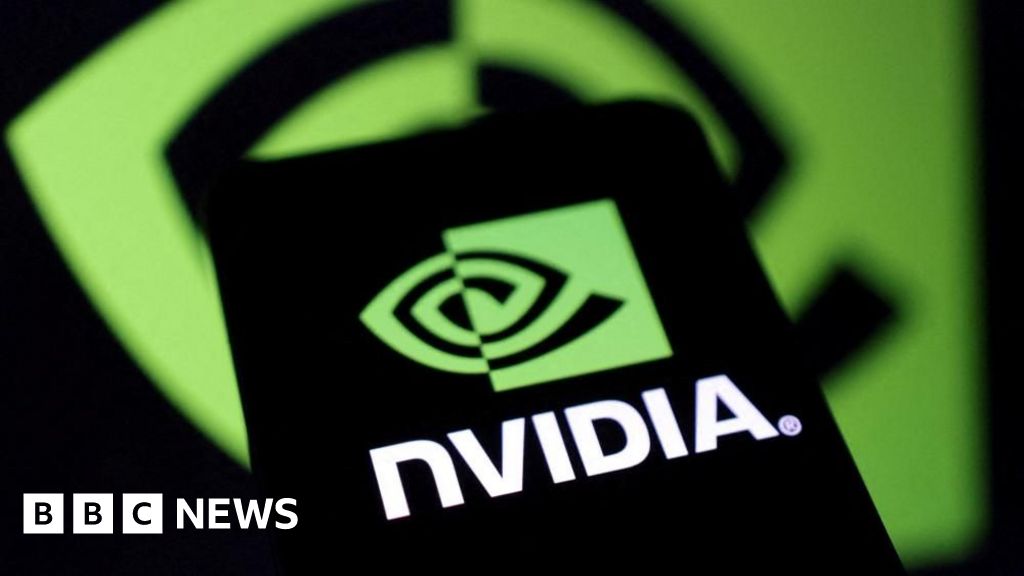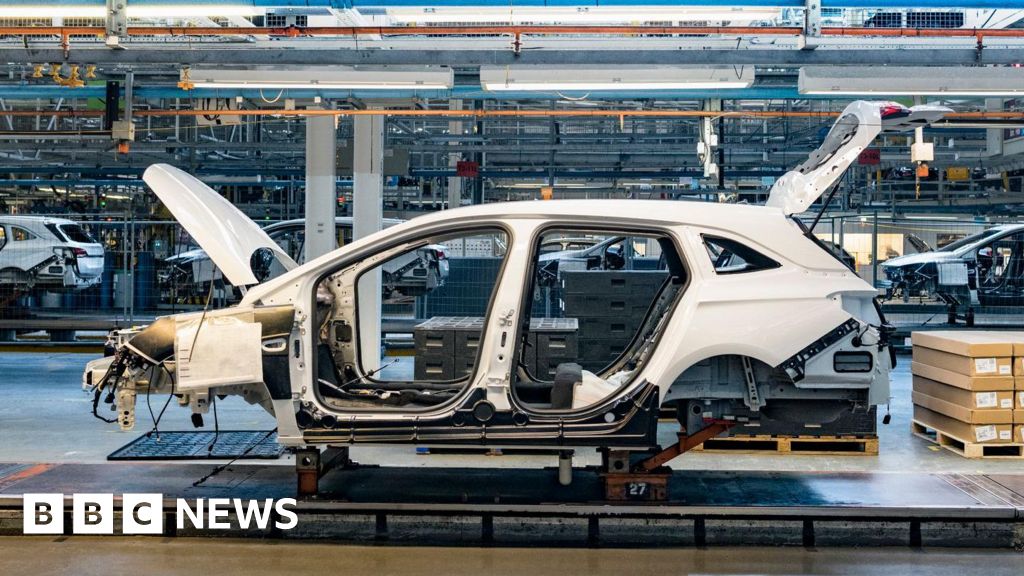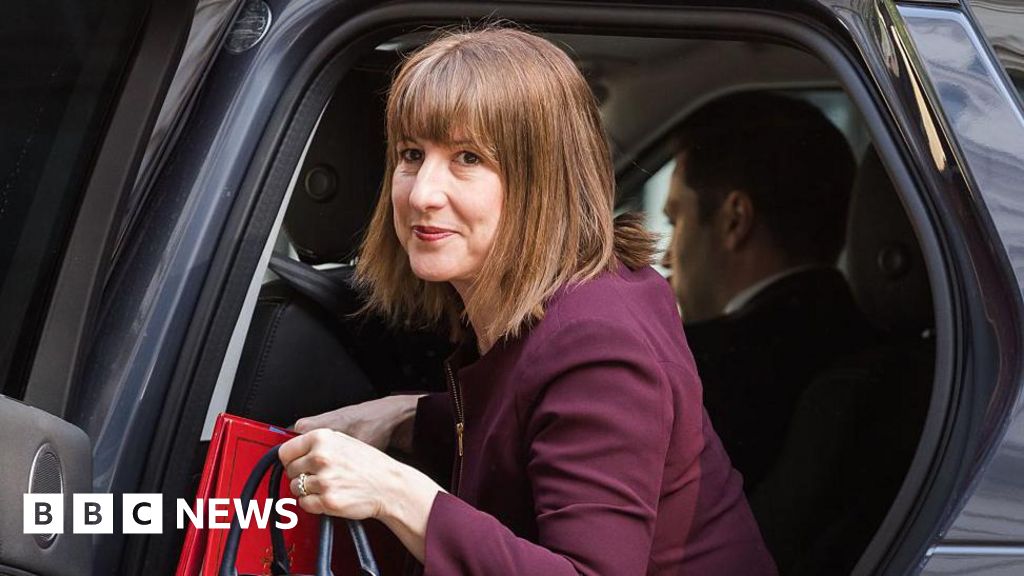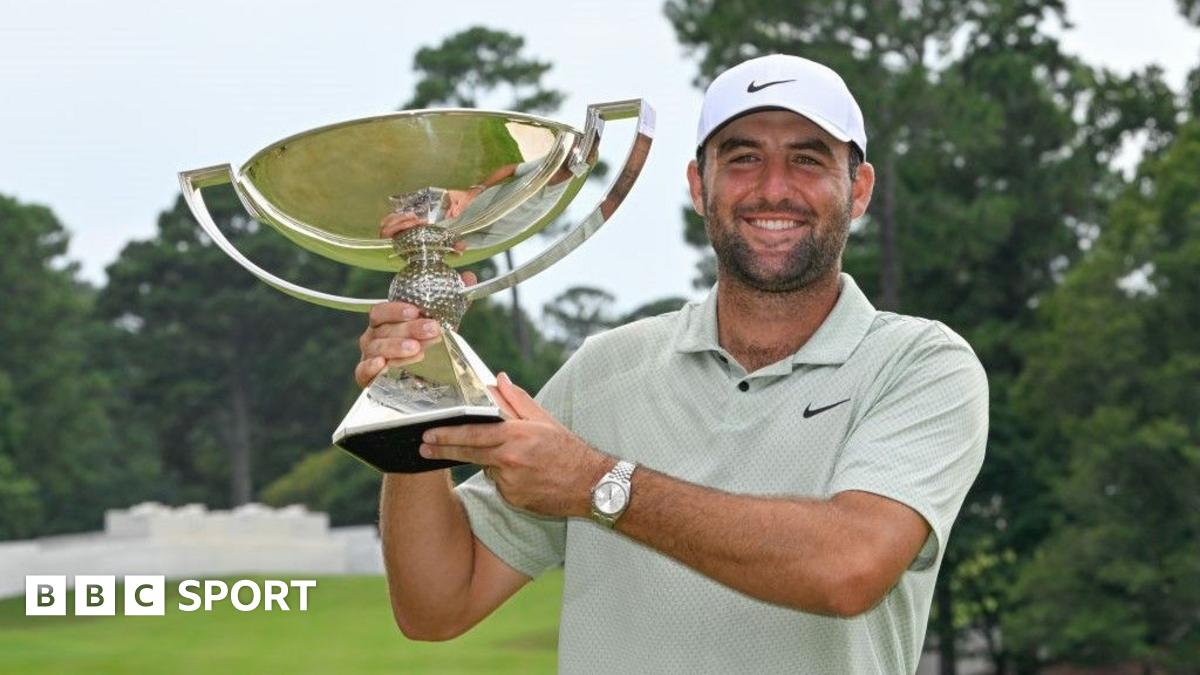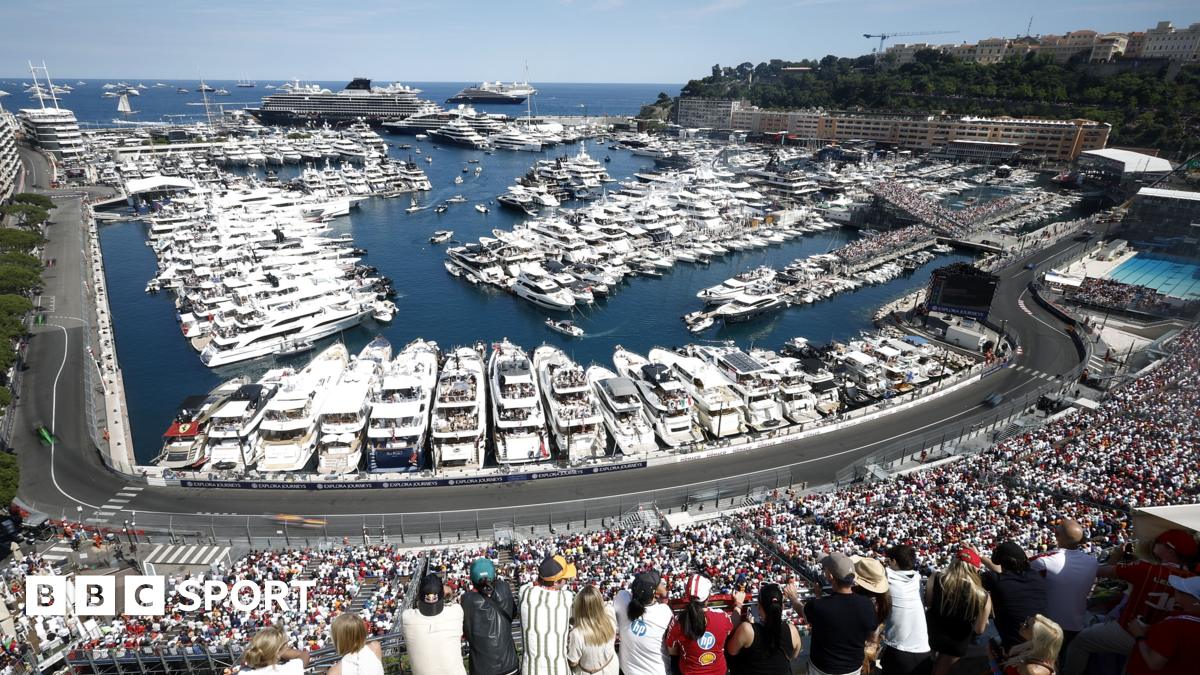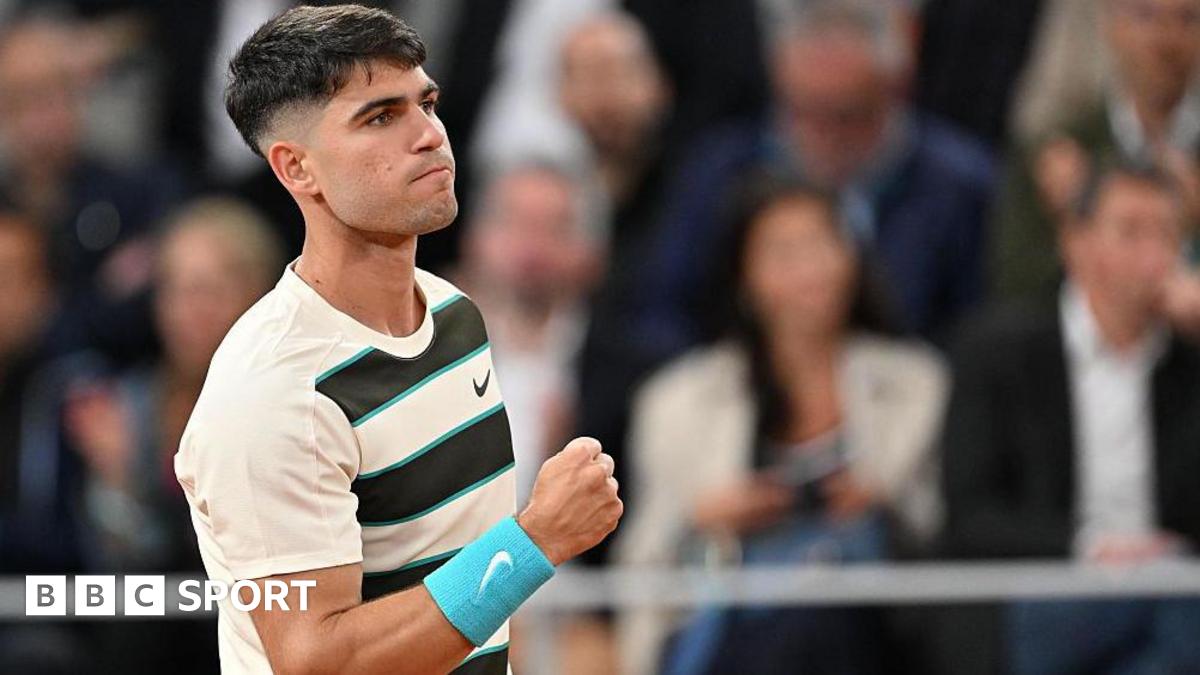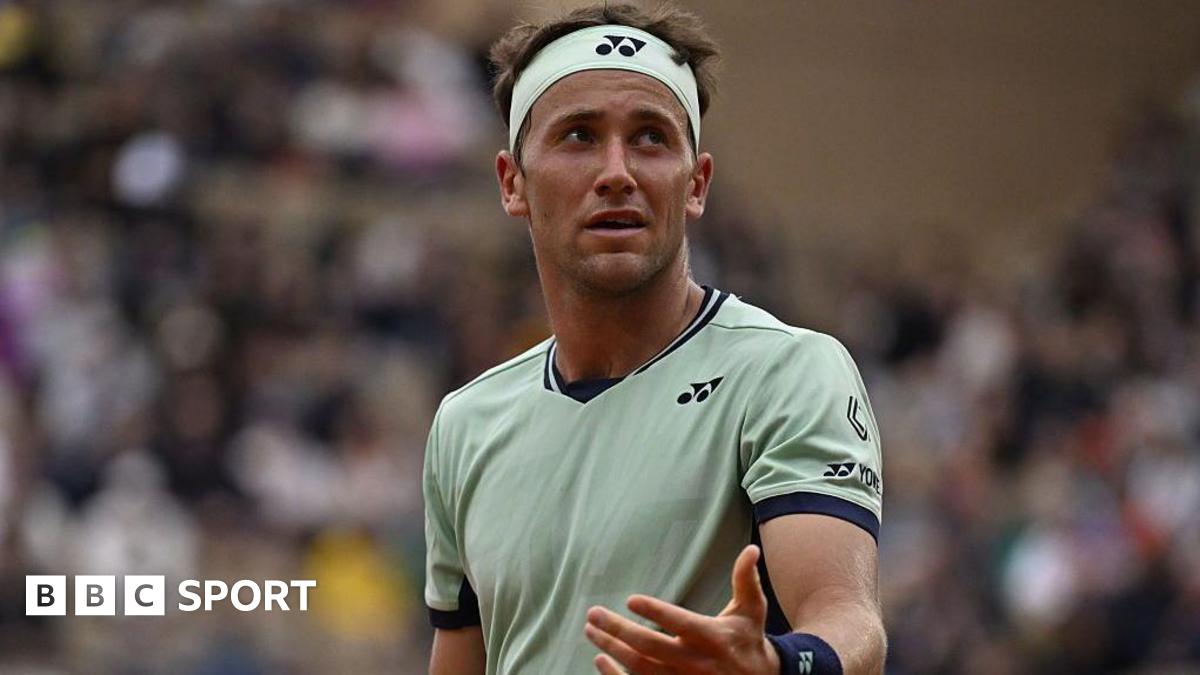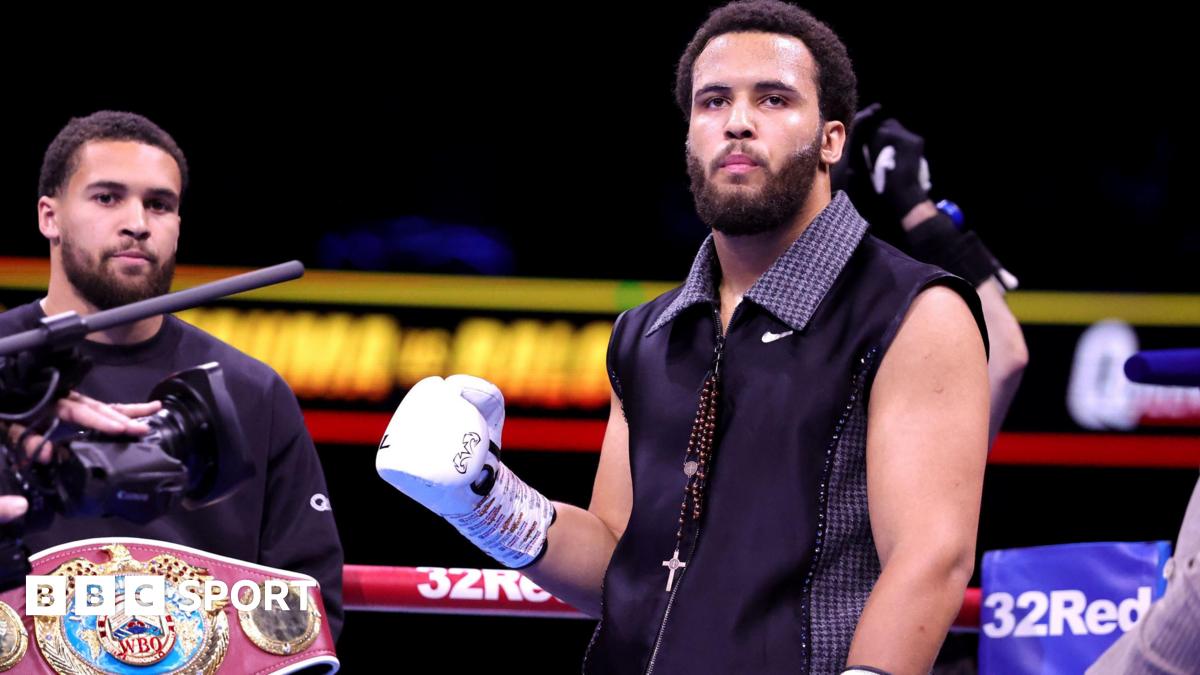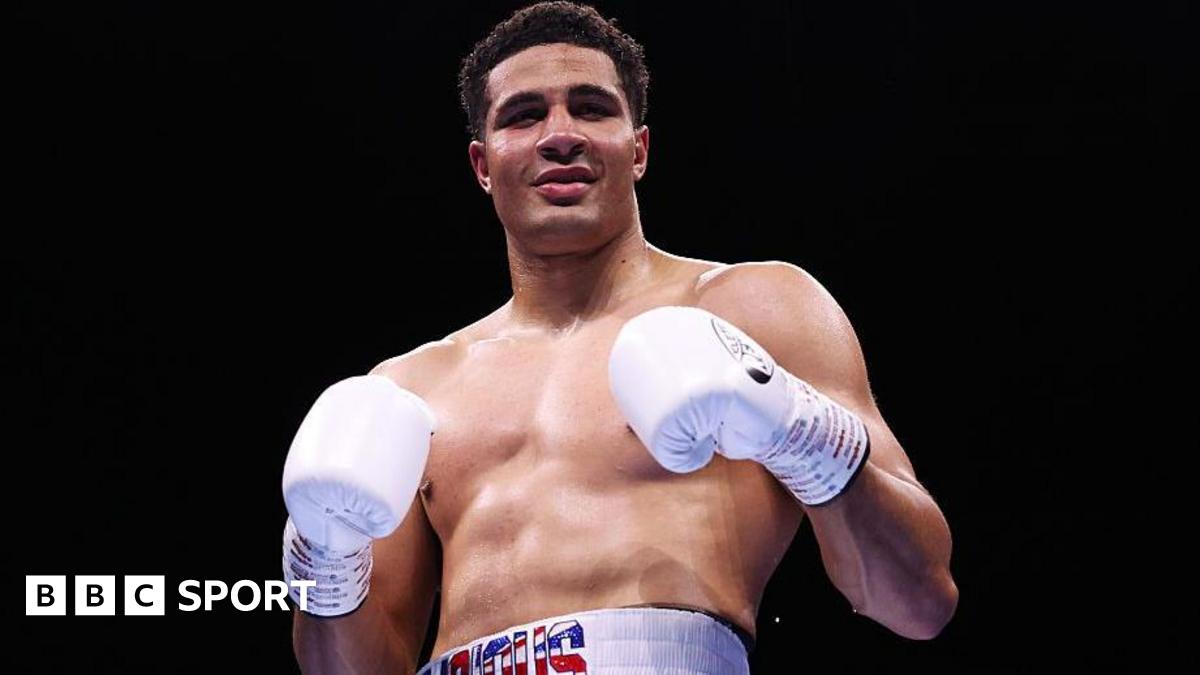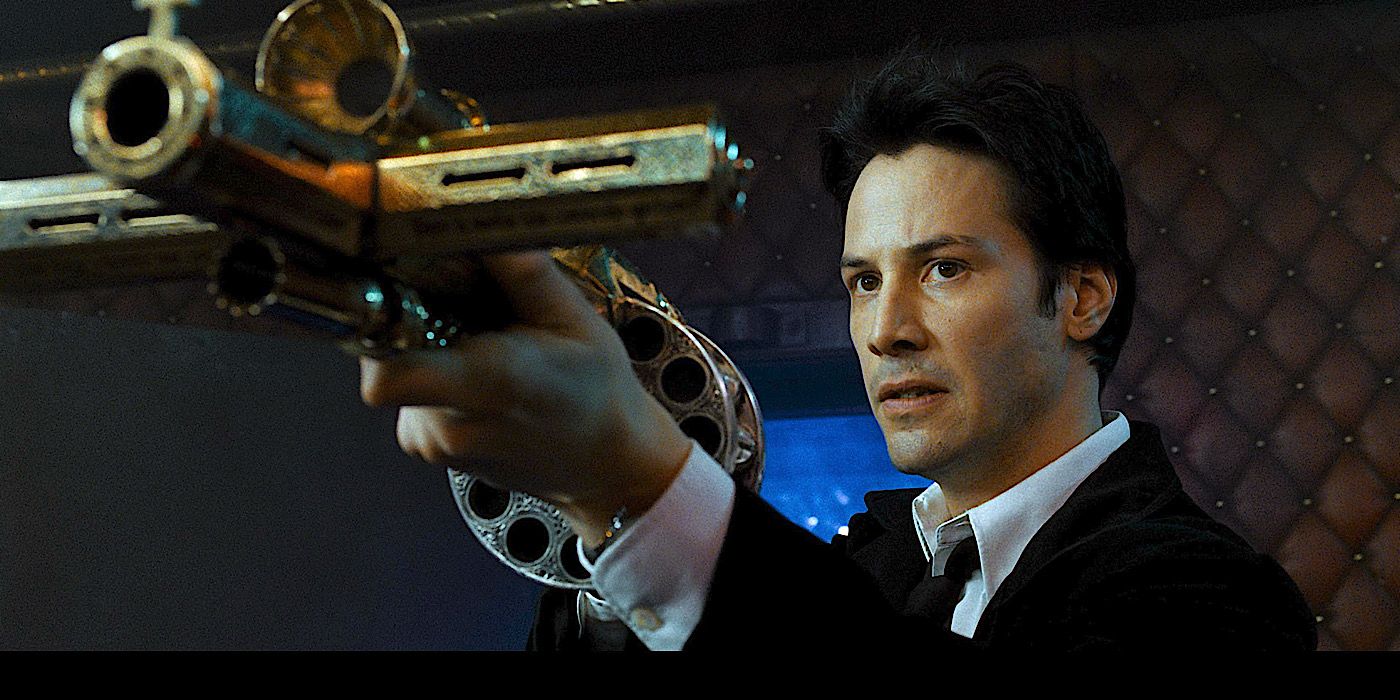Trump wants to kill NYC’s congestion pricing, but a judge just said he can’t—yet
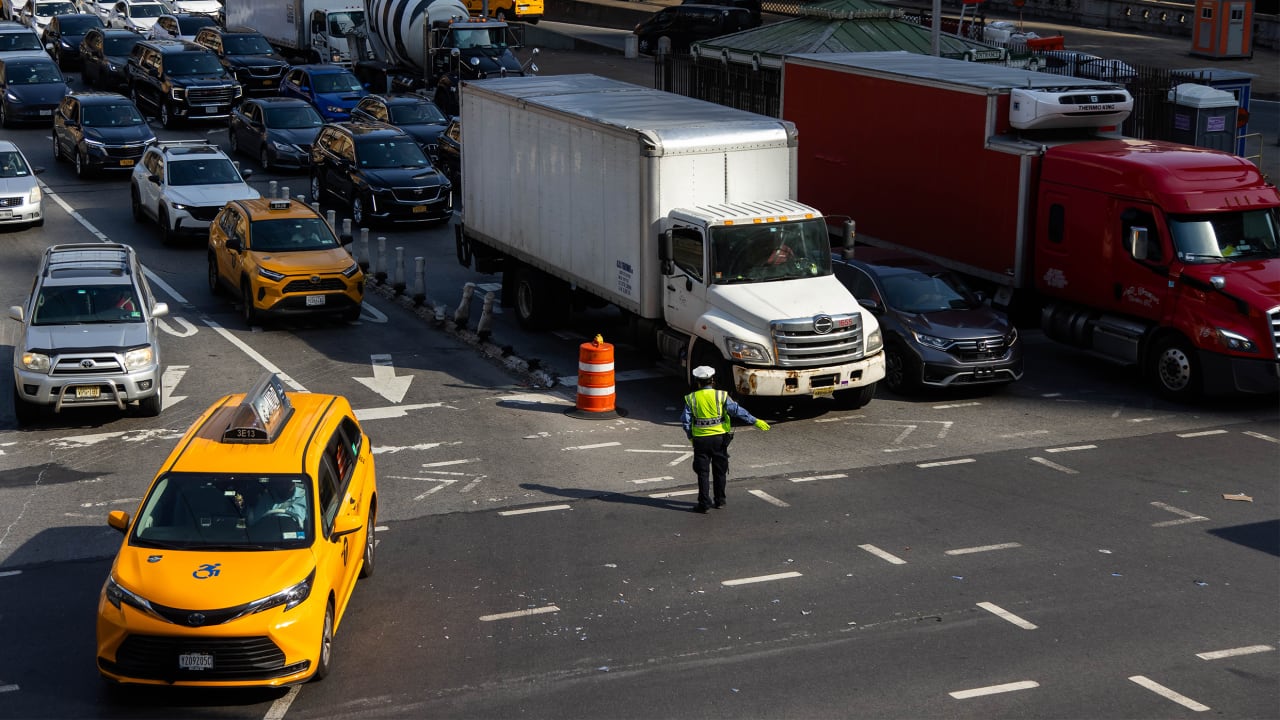
New York City’s congestion pricing program has only been in place for a few months, but it’s already reduced traffic, increased public transit ridership, led to fewer delays for school buses—and drawn the ire of President Donald Trump. Trump has taken steps to kill the program, but on Tuesday, a federal judge temporarily blocked that effort, keeping the toll program alive until at least early June.
Congestion pricing—which implements tolls on drivers who enter specific (and often gridlocked) areas of Manhattan in order to reduce traffic, lessen air pollution, and raise money for public transit—went into effect on January 5. In the first three months of the program, congestion pricing collected $159 million—funds that will go toward badly needed transit upgrades, including infrastructure repairs and accessibility additions. It was the first program of its kind in the U.S., though congestion pricing has already been successful in cities like London, Stockholm, and Singapore.
When Trump took office, his administration quickly took aim at congestion pricing. In February, Secretary of Transportation Sean Duffy said he was revoking federal approval for the initiative. (Congestion pricing was approved under President Joe Biden.) The Metropolitan Transportation Authority (MTA), which oversees congestion pricing, sued to block that move.
Duffy then told New York Governor Kathy Hochul in April that if the state didn’t end congestion pricing, it could see “serious consequences,” including withholding funding and approvals for highway projects beginning May 28.
But a federal court judge in Manhattan has ruled to keep the program running—until at least June 9. U.S. District Judge Lewis Liman issued a temporary restraining order to the Trump administration’s efforts. Liman ruled that the Trump administration could not immediately kill congestion pricing, nor could it retaliate against the state by withholding DOT funding.
“We’ve won—again,” Hochul said in a statement. Though Hochul delayed the implementation of congestion pricing in the summer of 2024, she has since become a supporter of the program, especially as it has come under attack by Trump. Congestion pricing, she says, is the solution for clearing up traffic, cleaning city air, and investing in public transit. “So here’s the deal: Secretary Duffy can issue as many letters and social media posts as he wants,” she added, “but a court has blocked the Trump administration from retaliating against New York for reducing traffic and investing in transit.”
The MTA’s lawsuit against the Trump administration will now decide the future of congestion pricing. Judge Liman, a Trump appointee, said in Tuesday’s ruling that New York “would suffer irreparable harm” without a restraining order against the Trump administration’s efforts to kill congestion pricing, the New York Times reported. Liman may issue a longer-term protective order beyond the June 9 date, per the Times.
Congestion pricing imparts a $9 toll on drivers during peak hours in a zone that covers most of Manhattan below 60th street. In just one month of the program, the impact was “undeniably positive,” transit officials said. During afternoon peak hours, drivers in the entire congestion relief zone are seeing travel times drop up to 59%. As of February, weekday bus ridership had already grown 6%, while weekend ridership was up 21%, compared to January 2024.
In May, a New York Times analysis looked at the impact further, citing how local buses, and school buses, were less delayed, car crash injuries were down, parking violations were down, and fire response times were also “slightly down.” Public support for congestion pricing has also been on the rise.
Danny Pearlstein, policy and communications director for the Riders Alliance, a nonprofit that supports public transit in New York City, echoed the governor’s statement that Judge Liman’s ruling was a victory for the city, and for transit riders specifically. “Congestion relief is perfectly legal and thoroughly vetted. Opponents exhausted all plausible arguments against the program and now the increasingly outlandish theories are falling flat too,” he said in a statement. “We are eager to keep saving time on the bus and look forward to more reliable and accessible subways thanks to this policy that continues to win support.”
What's Your Reaction?
 Like
0
Like
0
 Dislike
0
Dislike
0
 Love
0
Love
0
 Funny
0
Funny
0
 Angry
0
Angry
0
 Sad
0
Sad
0
 Wow
0
Wow
0






